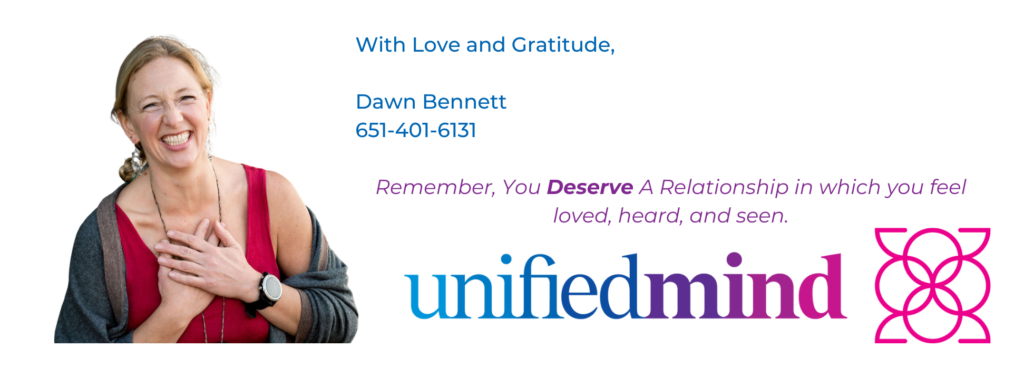Self-Hypnosis or Guided Meditation?
Is Hypnosis or Meditation Better to Help Relationship Stress
What is Guided Meditation?
Guided meditation is a technique that combines the power of the mind and body to induce a calm and relaxed state. In this practice, your guide provides verbal cues, leading you through the process of meditation. They often use soothing descriptions of calming images and situations to enhance the overall experience.
While hypnosis can involve elements of guided imagery and visualization, its primary aim is to bring about specific changes or outcomes for the participant, such as overcoming fears or breaking habits. Guided meditation, on the other hand, focuses on creating a peaceful and tranquil state of mind, allowing for relaxation, stress reduction, and increased self-awareness.Some people even think EFT Tapping is meditative. It does reduce relationship stress!

What is the goal of meditation?
The goal of meditation is often to cultivate a sense of inner peace, reduce emotional stress and feelings of anxiety, or increase awareness and understanding of the self and the world. It aims to develop a non-judgmental awareness of thoughts, feelings, and sensations. There are many styles, purposes, and backgrounds; some even include movement!
Some people say prayer is talking to God, and meditation is waiting for God to talk back to you. Dawn has learned and uses a variety of meditations in her life, such as Ascension Meditation, Vipassana Meditation, Tai Chi, and Loving Kindness Meditation.
How Can I Practice Meditation?
Meditation encompasses mindfulness practices that train the mind to focus on the present moment through techniques like breath awareness, movement, body scanning, or mantra repetition, aiming to cultivate calm and clarity.
What is Self-Hypnosis?
First, all hypnosis is Self- Hypnosis. In other words, even when you get relationship help from Dawn using hypnotherapy, you are in control of yourself and are gently allowing your unconscious mind to find and align with the solutions you seek.
Self-hypnosis is a personal practice of hypnotherapy. It involves inducing a trance-like state through self-suggestion, in which the individual becomes deeply relaxed and open to suggestion. The goal of self-hypnosis is often to help you achieve a specific goal or overcome a particular challenge, such as reducing stress or anxious feelings, improving self-confidence, or shifting a habit. Self-hypnosis often involves the use of guided visualizations or affirmations. You can learn it from a trained hypnotherapy instructor, like Dawn!
What is the goal of self-hypnosis?
The goal of self-hypnosis is to help you achieve specific goals or overcome particular challenges. This can include reducing stress or anxious feelings, improving self-confidence, or shifting a habit. Look for upcoming classes by clicking HERE.
How is self-hypnosis practiced?
You can practice self-hypnosis anywhere you can practice meditation. However, you can also structure it to energize and motivate you as you create openness to change. Self-hypnosis often involves using guided visualizations and affirmations.
What is the difference between self-hypnosis and guided meditation?
Self-hypnosis involves an individual entering a trance to facilitate change and achieve a goal, while guided meditation involves another person verbally guiding the participant into a mental space of imagery or visualization without a specific goal in mind.
You Get To Play!
You can head over to the Unified Mind YouTube Channel to experience hypnosis, guided meditations, and blends of both!
And most of all, reach out by replying to this email or shooting me a text. I’d love to hear from you!



